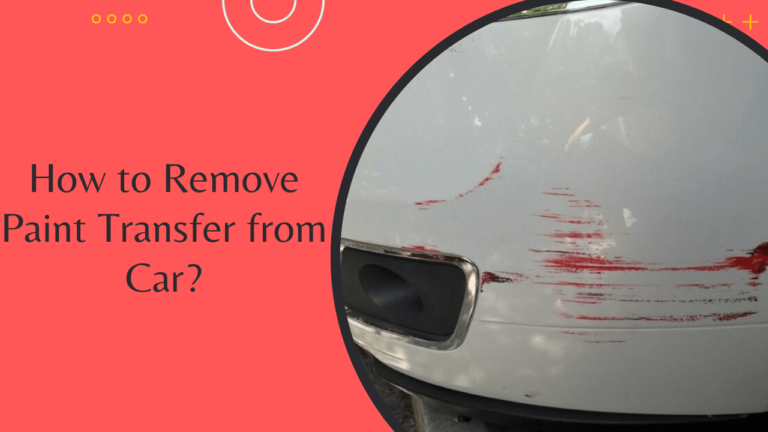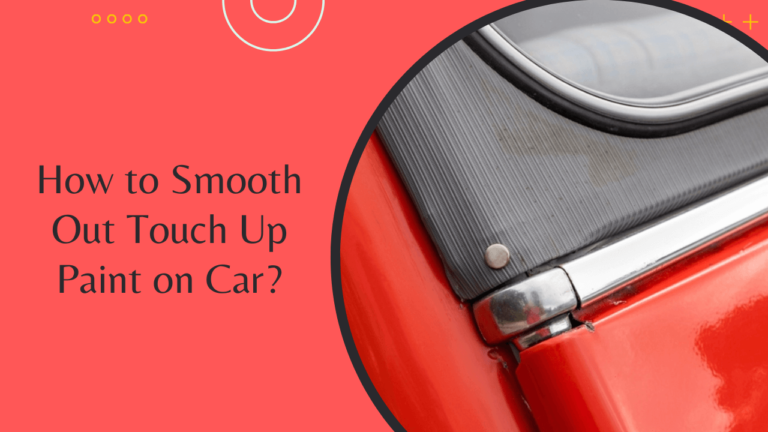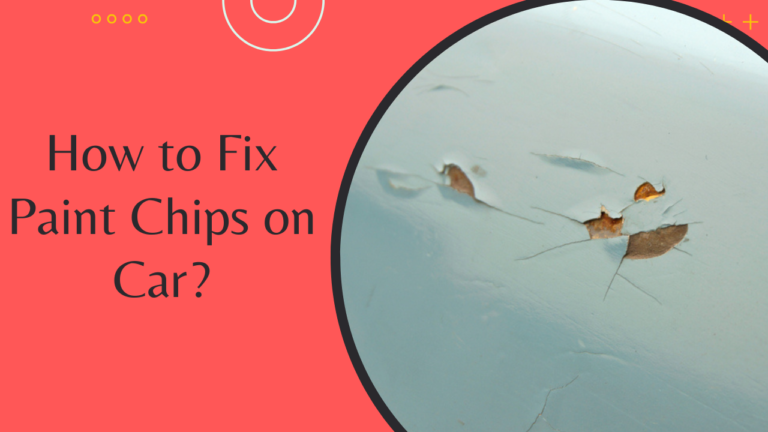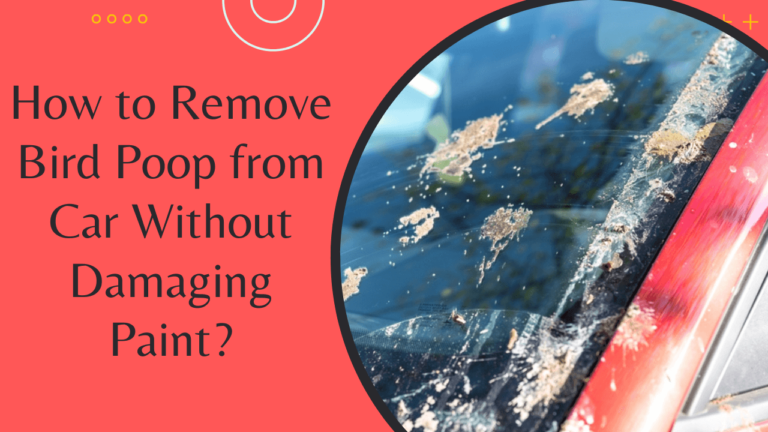How Long Does Car Paint Take to Dry?
Ever wondered how long automobile paint dries? When is it safe to handle or drive a newly painted automobile? Many car owners are wondering. Understanding the drying process might help you plan when to drive your automobile again without ruining the paint.
The average drying time for automotive paint is 24–48 hours. Temperature and humidity affect this time. Paint is entirely cured when it feels dry and no longer tacky. Read on to learn more about drying and what to do!
How Long Does Car Paint Take to Dry?

How long does automobile paint dry? automobile owners commonly ask. Paint is dry when it feels smooth. Clear coat normally dries in 24–48 hours. Weather variables like temperature and humidity might affect this length. Drivers may safely drive the car throughout the curing process without damaging the newly painted surface.
The paint is dried, but it’s still soft. Putting your fingernail on it would leave a mark. The clear coat’s leftover solvents require time to dissipate before the paint hardens, causing softness. Curing takes 20 days to obtain ideal hardness. The clear coat may take up to 90 days to dry, depending on the paint and climate.
Clear coats require time to cool and solidify like newly cooked cakes. The clear coat acquires its optimum hardness and durability while curing, much as a cake tastes better after cooling. Clear coat lifespan and beauty depend on proper curing. To protect the car from the weather while curing, keep it inside.
How Long Does It Take for Clear Coat to Dry?
After application, automobile clear coat takes 12–48 hours to dry. After this period, the clear layer won’t flake or chip or smear much. Remember that drying time depends on several things.
Drive cautiously for a bit once the clear coat dries. Stay away from construction sites and gravel roads to avoid automobile damage. Being careful will keep your car’s clear coat glossy for longer.
How Long Does It Take for Clear Coat to Cure?
The clear finish on your automobile may take 30 days to cure. This curing process is impacted by weather and humidity. However, some clear coatings cure and harden in a week or less!
Wait until the clear coat is dried to apply vehicle wrap, vinyl decals, or paint protection film. If not, you may have issues. It’s important waiting until the clear coat is entirely gone before applying more coats to your car’s paint work.
What is the Car Waxing Duration After Clear Coat Application?
Wait before waxing your automobile after clear coating. Before waxing, most paint experts recommend waiting 60–90 days following clear coat application. To cure and harden, the clear coat needs this time. Waxing early might disrupt this process and produce issues.
This waiting period makes sure the clear coat can take wax and other materials without damage. Be patient and let your car’s clear coat cure before waxing. This keeps your automobile sparkling and fresh longer!
Comparison of Car Spray Paint Drying Times
| Type of Spray Paint | Dust Dry @ 20°C | Touch Dry @ 20°C | Hard Dry @ 20°C |
| Acrylic 2K ADC | 10 minutes | 45 minutes | 3-5 days |
| 1K QAD Enamel | 10 minutes | 30 minutes | 1.5 hours |
| 1K Synthetic | 30 minutes | 2 hours | 8 hours |
| 1K Cellulose | 10 minutes | 15 minutes | 12 hours |
- Acrylic 2K ADC: This type of spray paint takes about 10 minutes to become dust dry, 45 minutes to become touch dry, and 3 to 5 days to hard dry at a temperature of 20°C.
- 1K QAD Enamel: With this spray paint, it takes 10 minutes to become dust dry, 30 minutes to become touch dry, and about 1.5 hours to hard dry at 20°C.
- 1K Synthetic: For this spray paint, it takes approximately 30 minutes to become dust dry, 2 hours to become touch dry, and around 8 hours to hard dry at 20°C.
- 1K Cellulose: Lastly, this type of spray paint takes 10 minutes to become dust dry, 15 minutes to become touch dry, and a longer duration of 12 hours to hard dry at 20°C.
The Process of Paint Drying
Dry Time for the First Coat

First coats of paint dry at different rates depending on the type and thickness of the paint. A paint roller on smooth to semi-smooth walls produces a thinner layer that dries in 30–90 minutes. With a paintbrush, the application is heavier and takes longer to dry. Instead, use a paint sprayer for thinner layers and faster drying.
Adding a Second Coat
following four to six hours, you can apply a second layer following the first. Water-based paints should wait three hours, while oil-based and primers may take 24. Always follow the paint label guidelines for the most accurate advice.
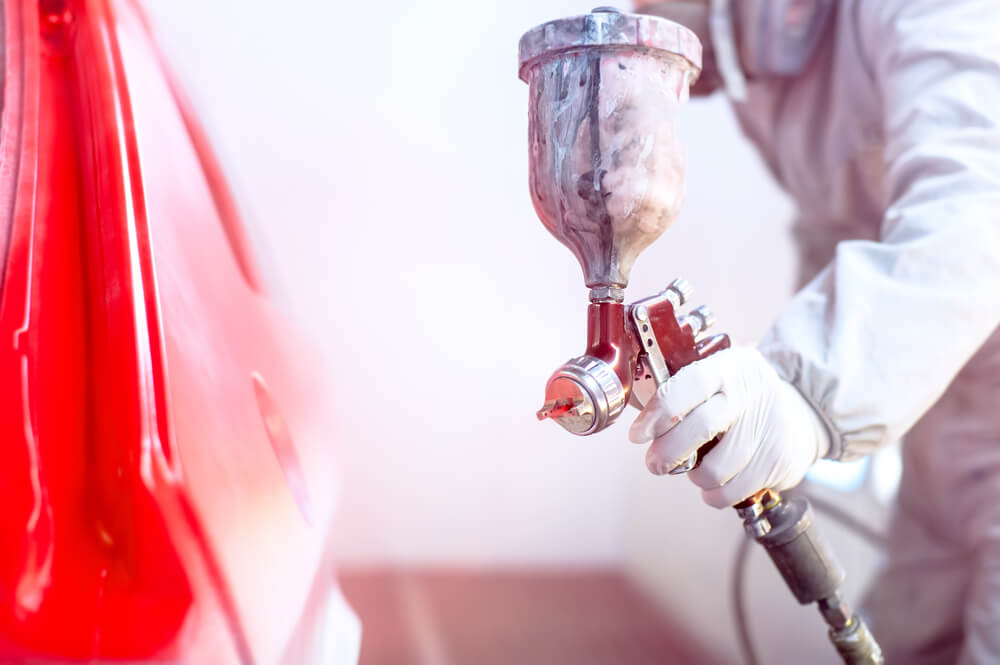
Curing Time
Paint hardens while curing, making it scratch-resistant. The paint may feel dry in an hour, but it may take a day to dry enough for a second layer. The paint may take weeks to cure enough for cleaning or moving furniture. Depending on humidity and temperature, wait one to three weeks before using the space again.
Factors That Affect Car Paint Drying Times
1. Humidity
Since air moisture inhibits evaporation, high humidity can delay paint drying. Painting your automobile on a humid day may take longer to dry than on a dry day.
2. Ventilation
Trapping moisture and solvents in the air with poor ventilation extends drying durations. Painting your automobile in a confined garage with little ventilation may slow drying.
3. Temperature
Temperature affects paint drying. Cooler temperatures slow drying, whereas warmer ones speed it up. Painting your automobile in summer might dry faster than in winter.
4. Thickness of Coating
Paint coating thickness affects drying periods. Thicker coatings dry slower because more material evaporates. Multiple thin coatings dry faster than one heavy coat.
5. Materials Used
Different paints and additives impact drying. Other paints may dry slowly owing to their composition, while others may have additives to speed drying.
6. Car Size
Car size also affects drying times. More paint equals longer drying periods on larger surfaces. Painting a little car may dry faster than an SUV or truck.
Defensive Measures to Ensure a Solid Car Paint Job Between Coats
1. Proper Surface Preparation
Before applying each layer of paint, ensure the car’s surface is clean, smooth, and free from any impurities. This comprises cleaning, sanding, and priming the surface as needed to establish an appropriate basis for paint adhesion.
2. Adequate Drying Time
Before applying the next coat, let each paint layer dry. Rushing may cause uneven drying, bubbling, or peeling of paint layers.
3. Controlled Environment
For consistent drying and adhesion between applications, paint in a controlled environment with stable temperature and humidity. Avoid painting in bad weather or dusty areas, which can lower paint quality.
How Long Can You Wash a Car After Painting It?
After painting an automobile, it’s vital to wait for it to cure thoroughly before washing it. Most paintings take roughly 24 hours to dry fully, but waiting two weeks is even better to ensure it sets correctly. During this period, avoid washing the automobile to prevent harming the fresh paint work.
For touch-up paint treatments, it’s advisable to wait at least a month before cleaning the automobile exterior. This extra time lets the paint cure and solidify, reducing washing damage.
Waiting for the right drying time before washing your newly painted car will help preserve the paint work and keep it looking great for years.
4 Tips to Make a Car Paint Dry Faster
1. Optimal Temperature Control
Painting your car on a sunny day or in a warm paint studio speeds up the drying process. Leaving your car in the sun or using a heat lamp in a well-ventilated area helps speed up drying.
2. Increase Ventilation
Improved airflow over the painted surface evaporates moisture and solvents, speeding drying. Ventilation from fans or windows speeds up drying in your workstation.
3. Thin Coats Application
Thin layers of paint evaporate faster, shortening drying time. Instead of one heavy coat, use several thin ones. Using a spray gun to create thin, uniform layers helps speed up paint drying.
4. Use Fast-Drying Paint Products
Choose paint products specifically designed for quick drying. High-evaporation compounds in fast-drying primers and paints reduce drying time.
Final Words
Car paint must cure properly for a beautiful gloss and longevity. Car owners may get professional-quality results by studying drying time elements and using efficient methods to speed up the process. Optimizing the painting process requires managing temperature and ventilation, applying thin layers, and utilizing fast-drying paint solutions. Remember to be patient when letting paint set before cleaning or using the automobile.

